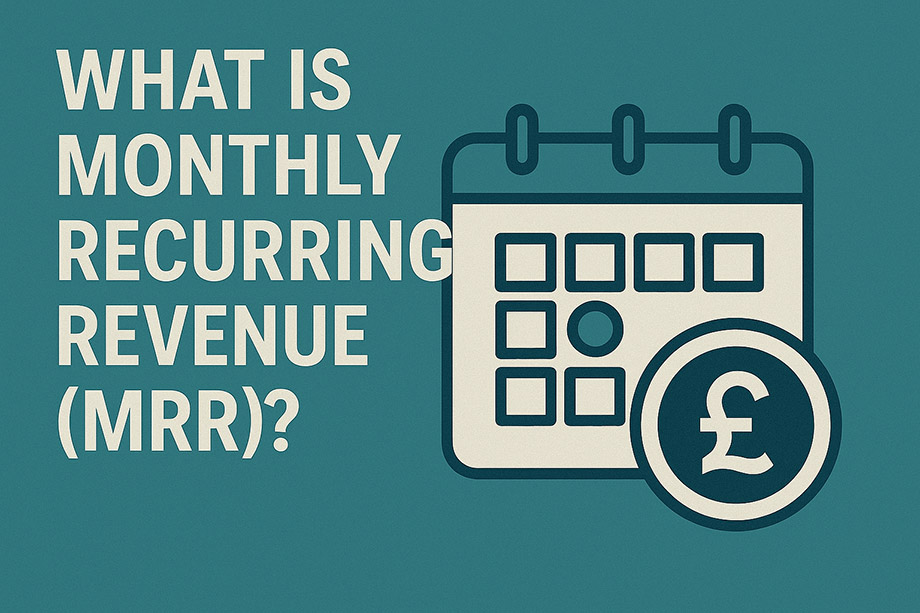What Is Monthly Recurring Revenue (MRR)? – The Ultimate Guide for SaaS Businesses

If you run a subscription-based business, understanding Monthly Recurring Revenue (MRR) is essential. It’s the heartbeat of your company’s financial health. MRR tells you exactly how much predictable revenue your business earns every month from active customers. Unlike one-time sales, MRR reflects ongoing relationships, making it a crucial metric for growth and stability.
In this guide, we’ll break down what MRR is, how to calculate it, why it matters, and practical ways to grow it. Let’s dive in.
What Is Monthly Recurring Revenue?
Monthly Recurring Revenue, or MRR, is the total predictable revenue your company expects to receive every month from all your subscription customers. It focuses only on recurring charges like monthly subscription fees and excludes one-time payments or variable fees.
Think of MRR as the steady monthly income your business can count on. It helps you understand how your revenue stream looks at a glance, without the noise of irregular sales or seasonal spikes.
How to Calculate MRR
Calculating MRR is simpler than it sounds. Here’s the basic formula:
MRR = Number of Active Customers × Average Revenue per Customer (per month)
For example, if you have 200 customers and each pays $30 per month, your MRR is:
200 × $30 = $6,000
Including Upgrades and Downgrades
To be more accurate, factor in different customer behaviors:
- New MRR: Revenue from brand-new customers acquired this month.
- Expansion MRR: Additional revenue from existing customers upgrading or buying add-ons.
- Churned MRR: Revenue lost from customers who downgraded or canceled.
Adding new and expansion MRR increases your total, while churned MRR reduces it.
Why MRR Matters for Your Business
MRR is more than just a number. It’s a powerful tool for decision-making. Here’s why:
- Predictable Cash Flow: Since MRR reflects steady income, it makes forecasting easier and more reliable.
- Measure Growth: Tracking MRR over time shows if your business is expanding or shrinking.
- Investor Appeal: Investors prefer businesses with predictable revenue streams.
- Budget Planning: Knowing your MRR helps you plan expenses and investments wisely.
Without MRR, it’s hard to gauge the health of a subscription business accurately.
Strategies to Increase MRR
Boosting MRR means growing revenue steadily month after month. Here are some practical tactics:
- Improve Customer Onboarding: A smooth start keeps customers engaged and reduces early cancellations.
- Upsell and Cross-sell: Offer premium plans or add-ons that add value to customers.
- Optimize Pricing: Experiment with pricing tiers or bundles that encourage higher spending.
- Reduce Churn: Identify why customers leave and fix those issues quickly.
- Offer Annual Plans: Annual subscriptions with discounts secure longer commitments and upfront revenue.
Small changes in these areas can lead to significant MRR growth over time.
MRR vs. ARR: What’s the Difference?
While MRR looks at monthly revenue, Annual Recurring Revenue (ARR) is simply MRR multiplied by 12. ARR gives a yearly perspective on your subscription income.
- Use MRR for month-to-month growth tracking, short-term forecasts, and tactical decisions.
- Use ARR for long-term planning, investor reporting, and annual budgeting.
Both metrics work together, but understanding when to use each helps you keep your business on track.
Conclusion
Monthly Recurring Revenue is the lifeblood of any subscription business. It gives you a clear, predictable picture of your income every month and helps you make smarter decisions to grow sustainably. By knowing how to calculate MRR and monitor its components — new, expansion, and churn — you can focus on what really drives your business forward.
Keep a close eye on MRR, use it to guide your strategies, and you’ll build a subscription business that thrives month after month.

